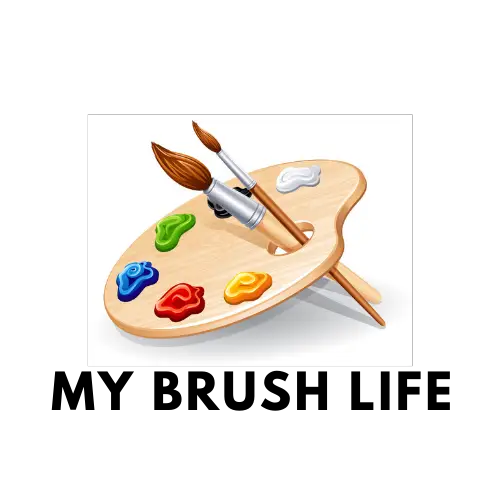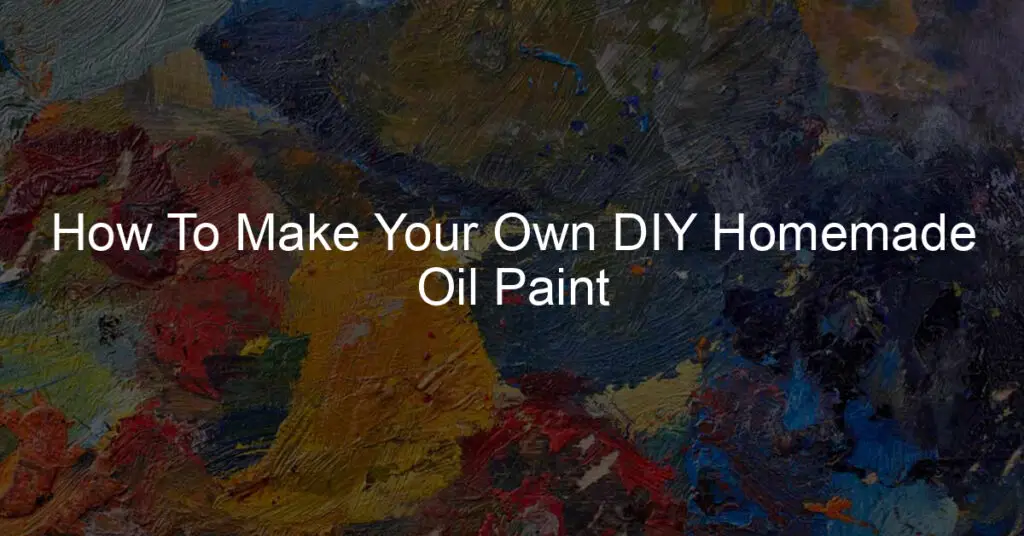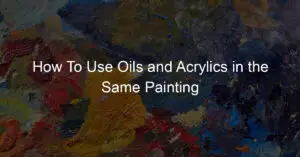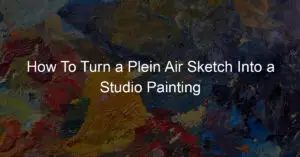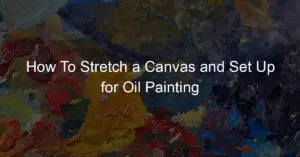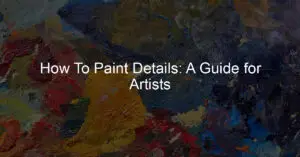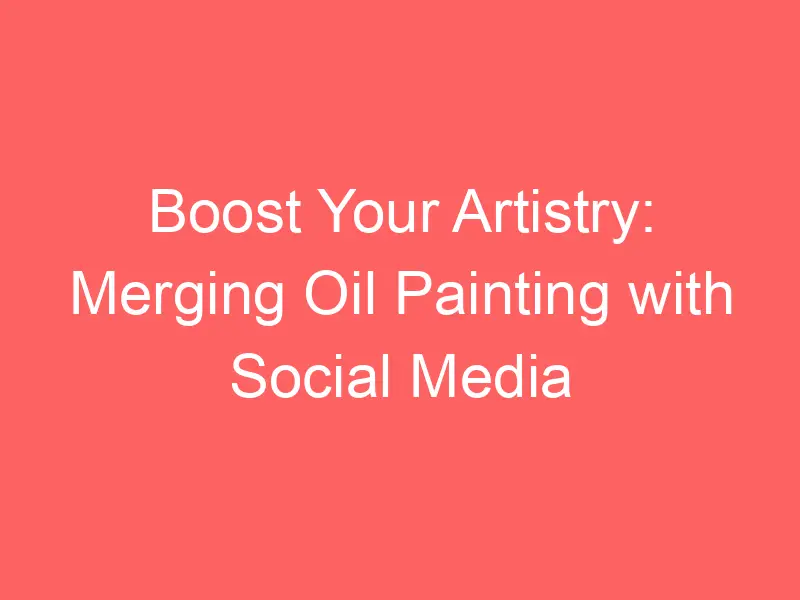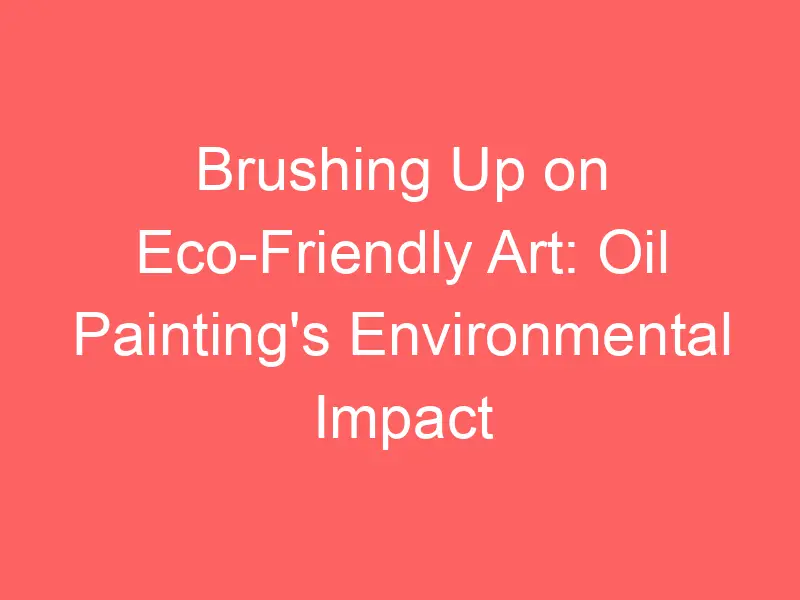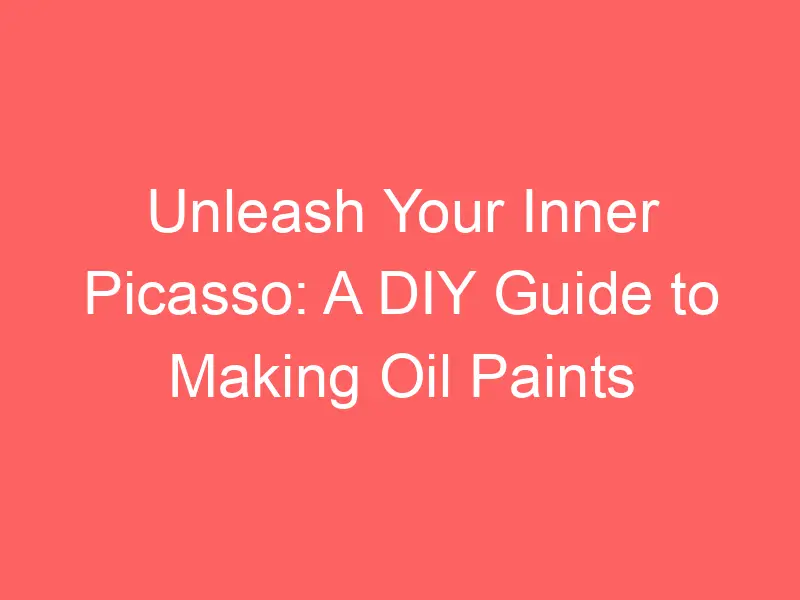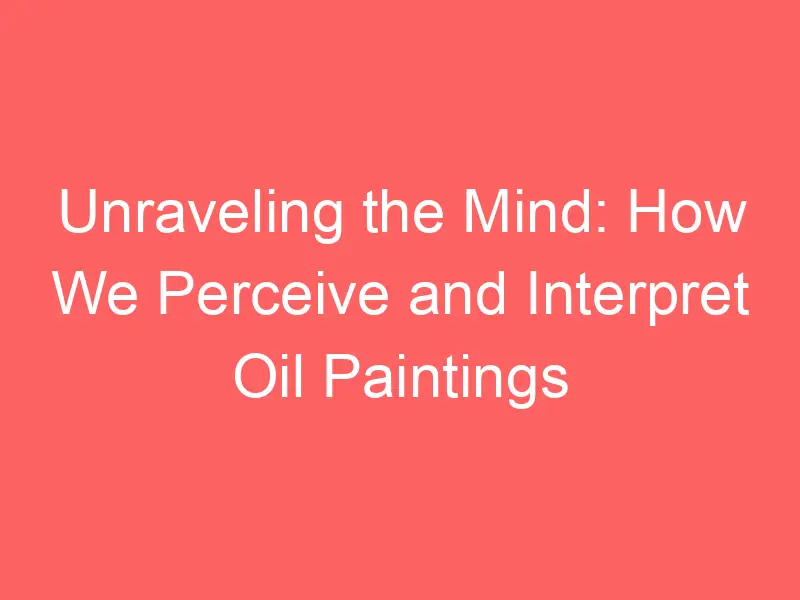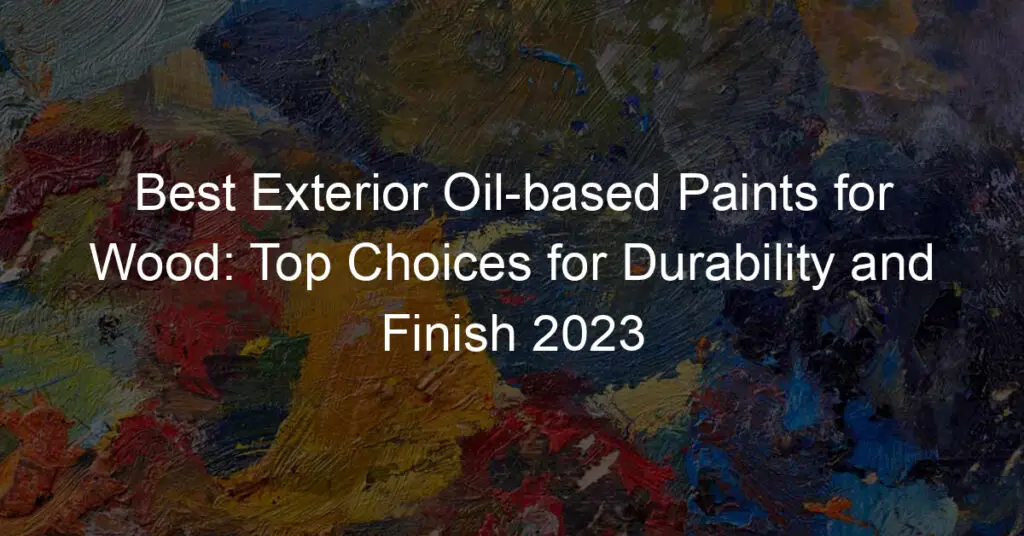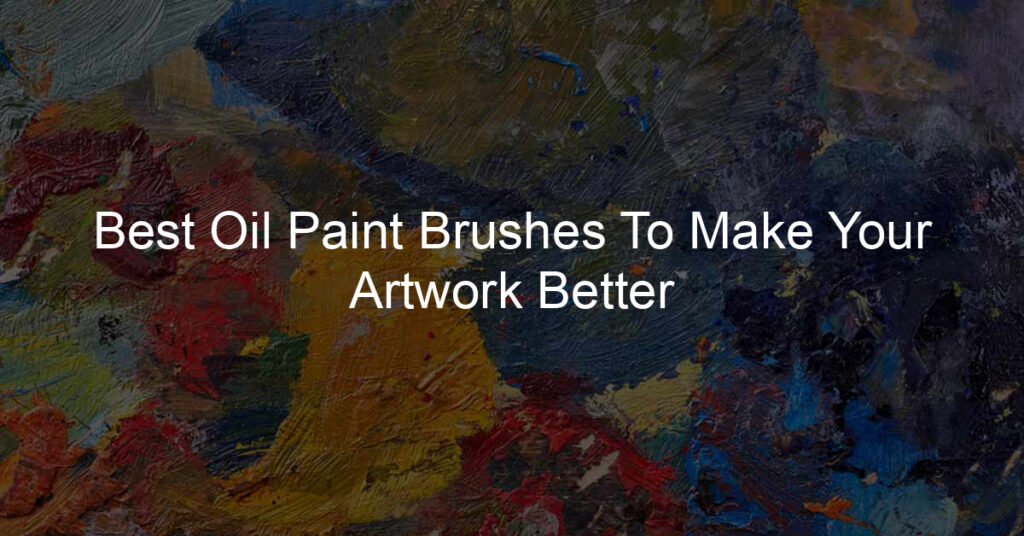It’s no secret that store-bought oil paints can be pretty pricey. But did you know that you can make your oil paint at home using just a few simple ingredients?
In this blog post, we’ll show you how to whip up a batch of homemade oil paint that’s perfect for your next painting project. So ditch the expensive art supplies and get creative with this DIY oil paint recipe!
How do you make homemade oil paint?
Making homemade oil paint is an amazing way to get creative with your artwork!
All you need are some artist-quality pigments, vegetable or mineral oil, and a mortar and pestle.
First, mix the pigment with the oil in a 50/50 ratio. Once blended, use a mortar and pestle to grind the mixture into a paste until it is as fine as possible.
When finished, you can scoop it out onto another surface – such as a glass palette – and let it sit for 24 hours.
After this time has passed, knead the paint to make sure all the pigment is evenly distributed throughout the oil before beginning to create your masterpiece!
What are the 3 ingredients of oil paint?
Have you ever wondered what the ingredients are in oil paint?
Sure, all the colors that you find at your local art store look so vibrant and inviting, but do you ever stop to think about what makes them so special?
The recipe for oil paint is quite simple, as it only requires three simple ingredients:
pigments (for color), a binding medium (to help the paint adhere to your surface), and linseed oil (which helps keep the paint from drying out too quickly).
If you’re looking for something a bit different than regular paints, then oil paints are worth considering. With their superior vibrancy and texture, they offer a unique artistic experience.
What do you mix to make oil paint?
Making oil paint can seem like a daunting task, but it’s quite simple. All you’ll need is one part oil (linseed, walnut, poppy seed, or safflower) to two parts pigment powder.
You can purchase pre-ground powdered pigments at an art supply store, or you can use dry materials around your home such as coffee grounds or eggshells since they are easy to grind up into fine particles.
Once you have the oil and pigment mixed, you may want to start experimenting with different mediums and binders to customize the properties of your oil painting.
Working with natural materials has become increasingly popular among artists looking for a unique medium that produces beautiful and vibrant colors.
As with many artistic endeavors, trial, and error will be necessary when creating the perfect balance of oil paint for your masterpiece!
Is it cheaper to make your oil paint?
Crafting your oil paint can be a great way to experiment with an artistic medium and save money in the long run.
Despite the initial outlay of cost for supplies, such as linseed oil, pigment, a palette, and bristle brushes (not to mention a respirator if you’re working indoors!), it is possible to make paint that rivals store-bought varieties at a fraction of the price.
Additionally, you are free to choose which pigments you use; so if achieving perfect colors is important in your art, making your oil paints might be just the ticket!
What can I use instead of oil painting?
If you are looking for something creative to do but don’t want to use oil painting, there are plenty of other options.
Watercolor and acrylic painting can both provide beautiful results and offer a slightly different approach than oil painting.
Not into traditional art? Go big on realism with airbrushing, or keep it simple and try charcoal or pastel sketches.
For the marketer in you, screen printing can turn your ideas into real products. Whatever your creative goals, explore and find what works for you!
What are the dangers of oil paint?
Oil paint is considered the oldest type of paint; however, it is only safe to use if the right safety precautions are taken.
Exposed skin must be completely covered with long-sleeved shirts and pants.
Additionally, a respirator should be worn while using oil paints as they contain volatile organic compounds (VOCs), which can cause irritation in the eyes and throats or even lead to extreme reactions such as kidney and liver damage.
Safety when handling oil paints also means proper storage, utilizing fans to help with ventilating during use, and ensuring never to mix solvents near open flames.
For those that don’t take the required safety measures, the beautiful artwork created by oil paints may not be worth the potential for hazardous health risks.
Final Thoughts
Making your oil paint is a fun and rewarding process that anyone can do at home with the right supplies.
With a little bit of knowledge and effort, you can create beautiful works of art using paints that you made yourself. Give it a try today and see what you can create!
